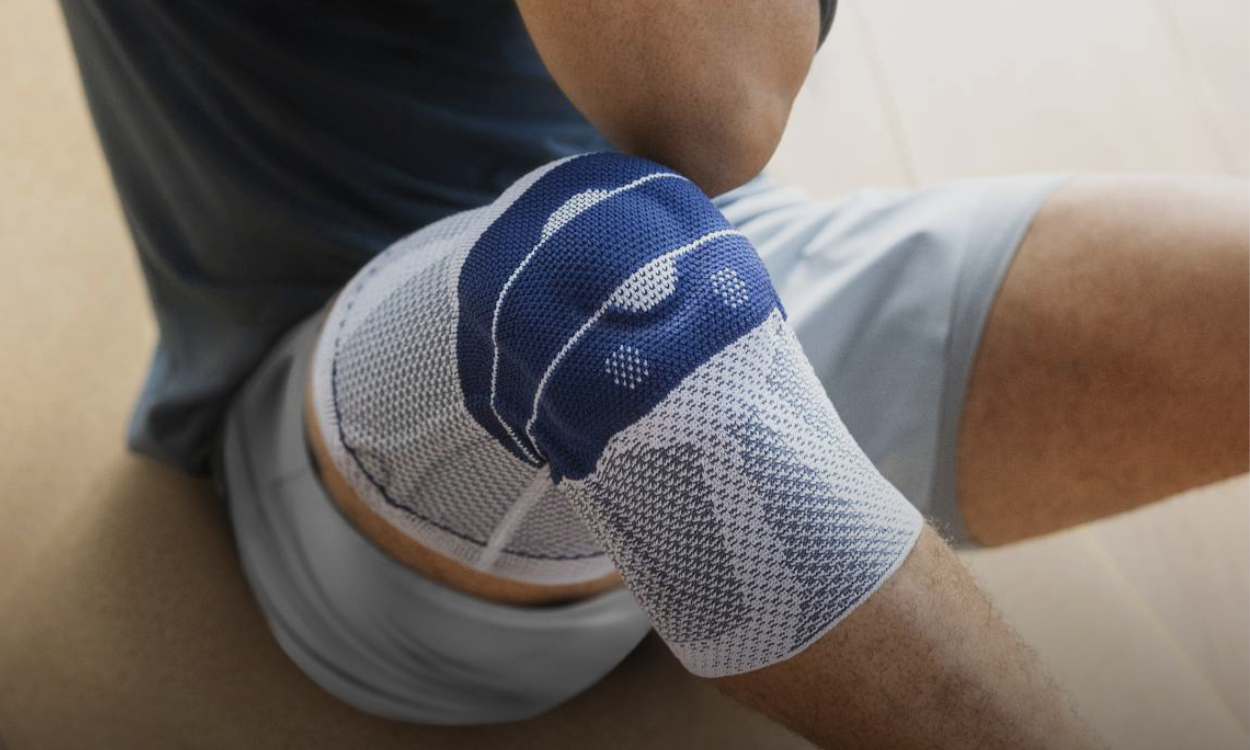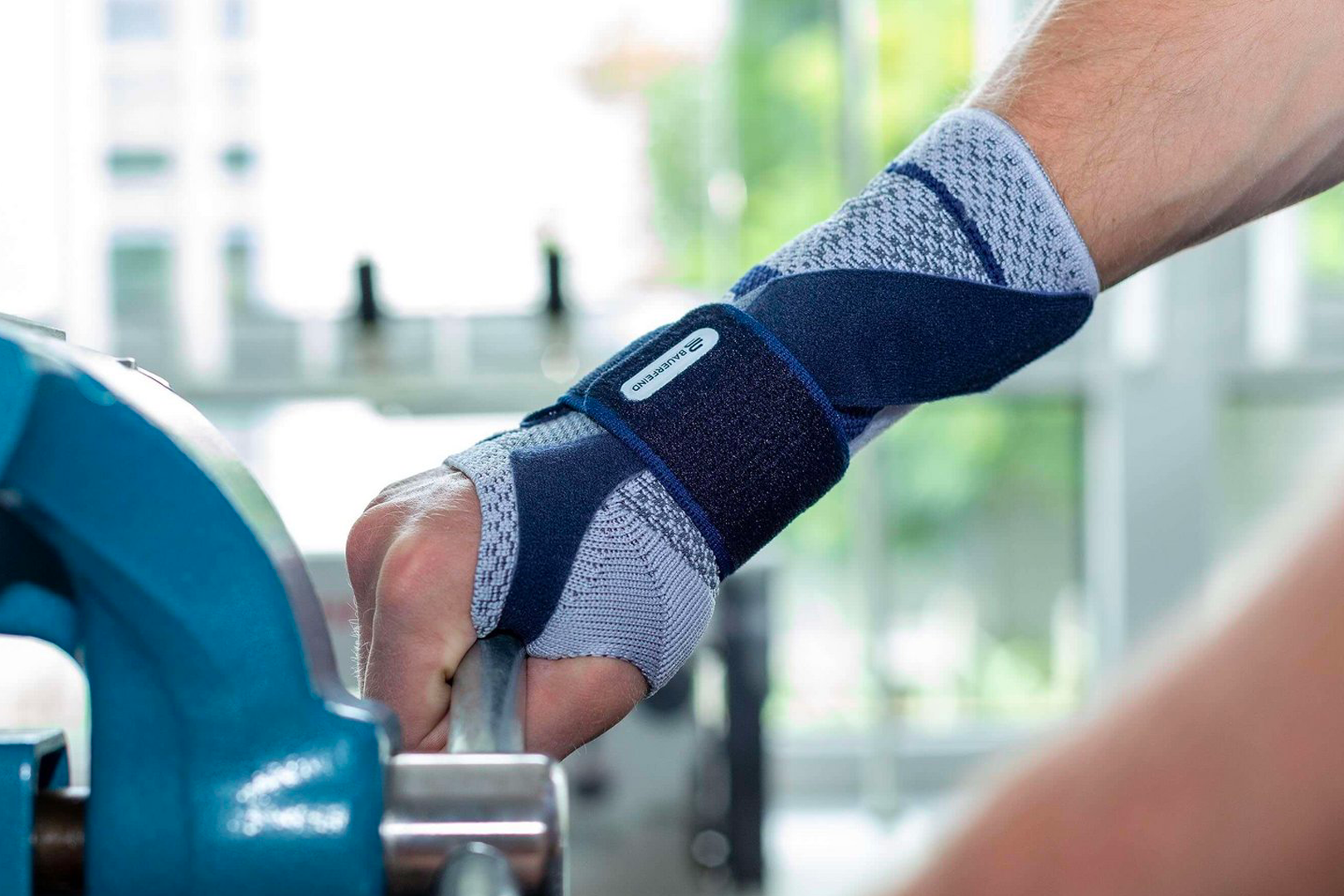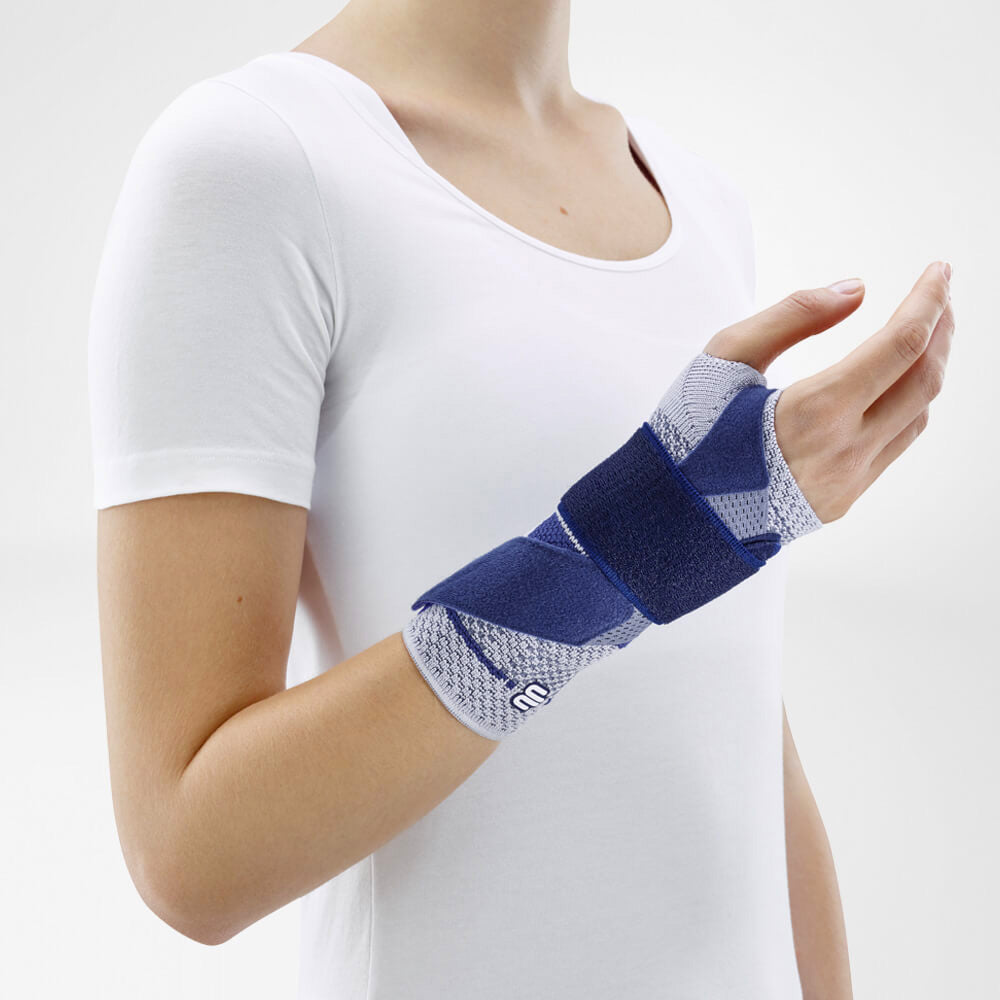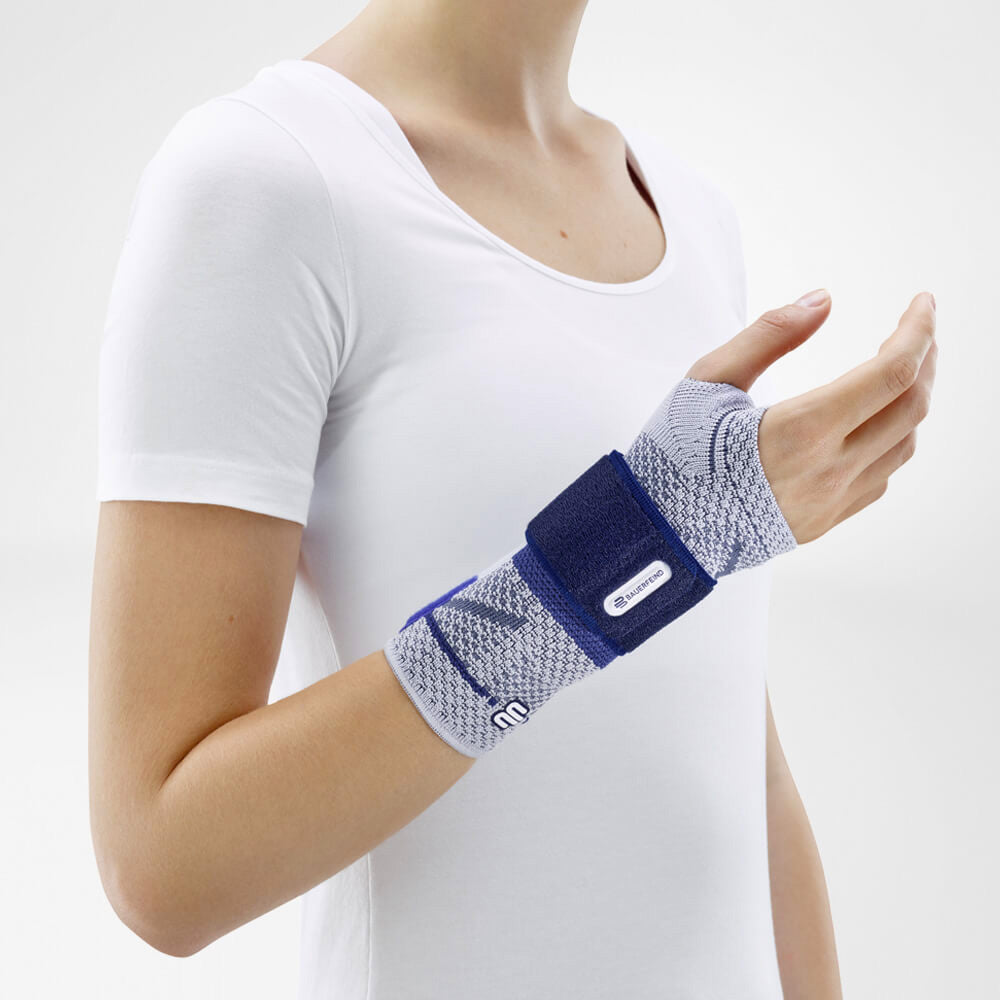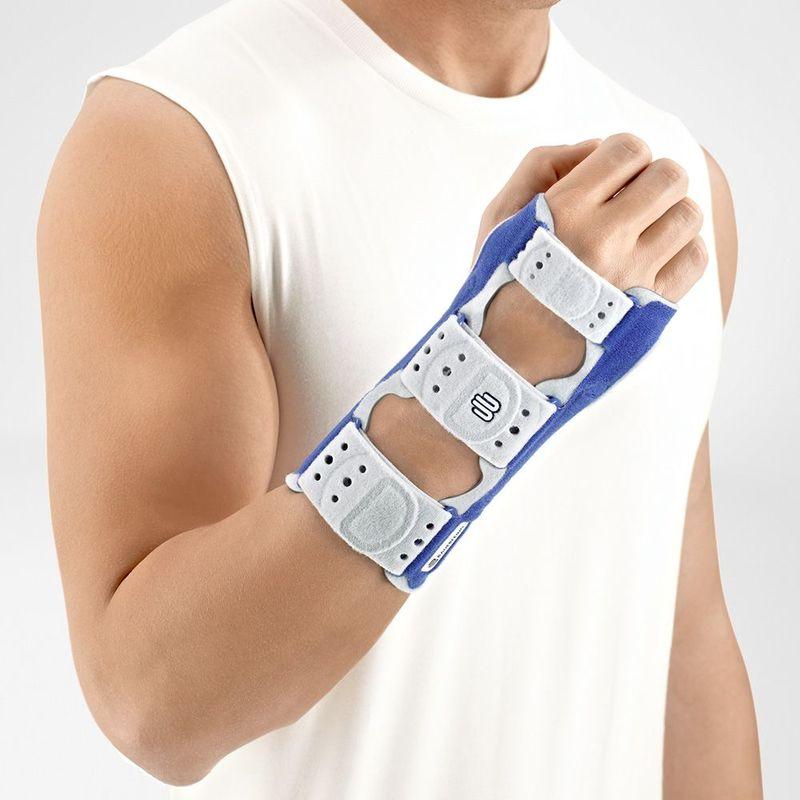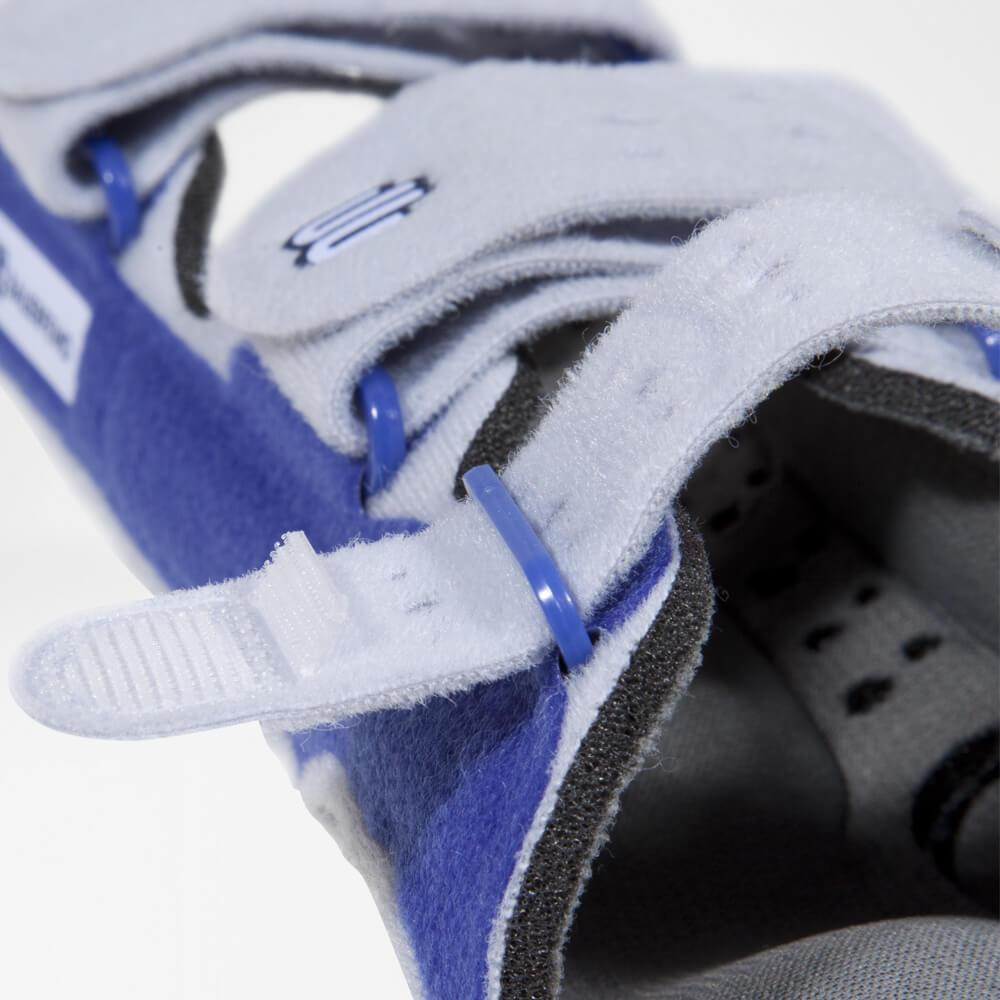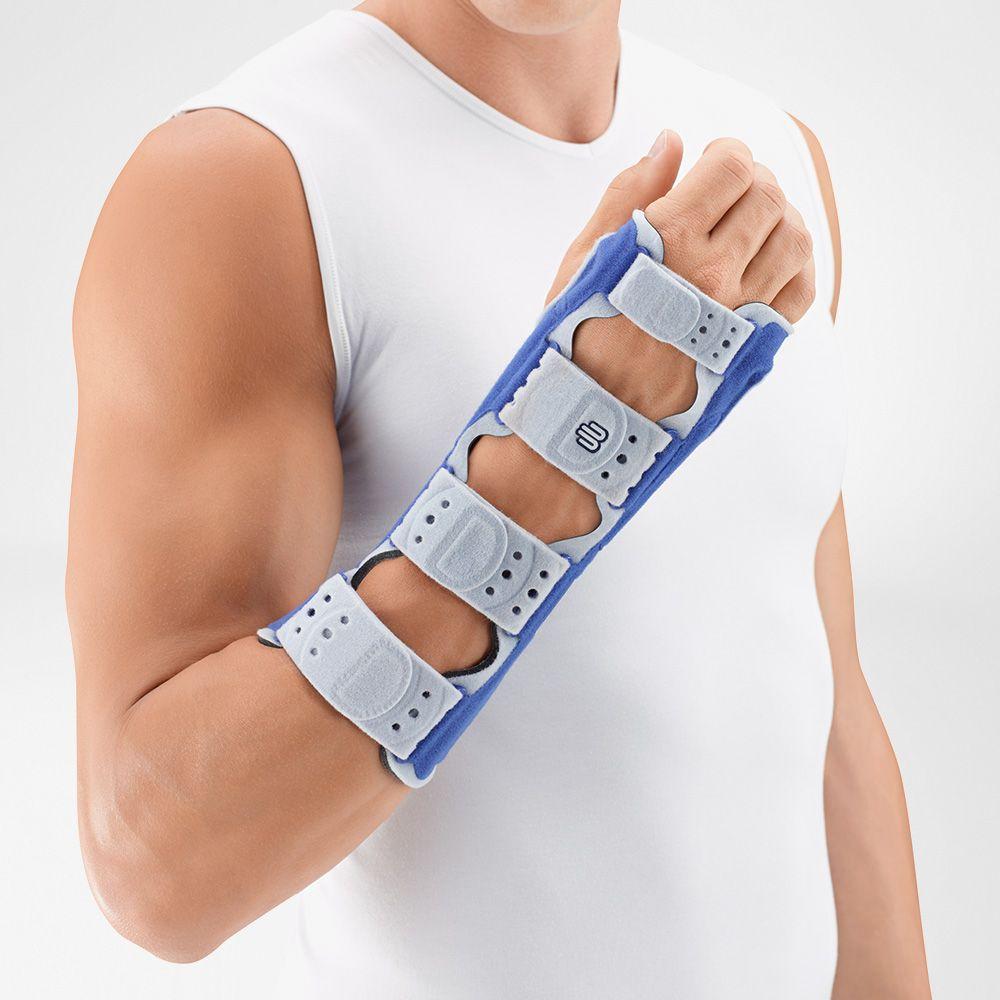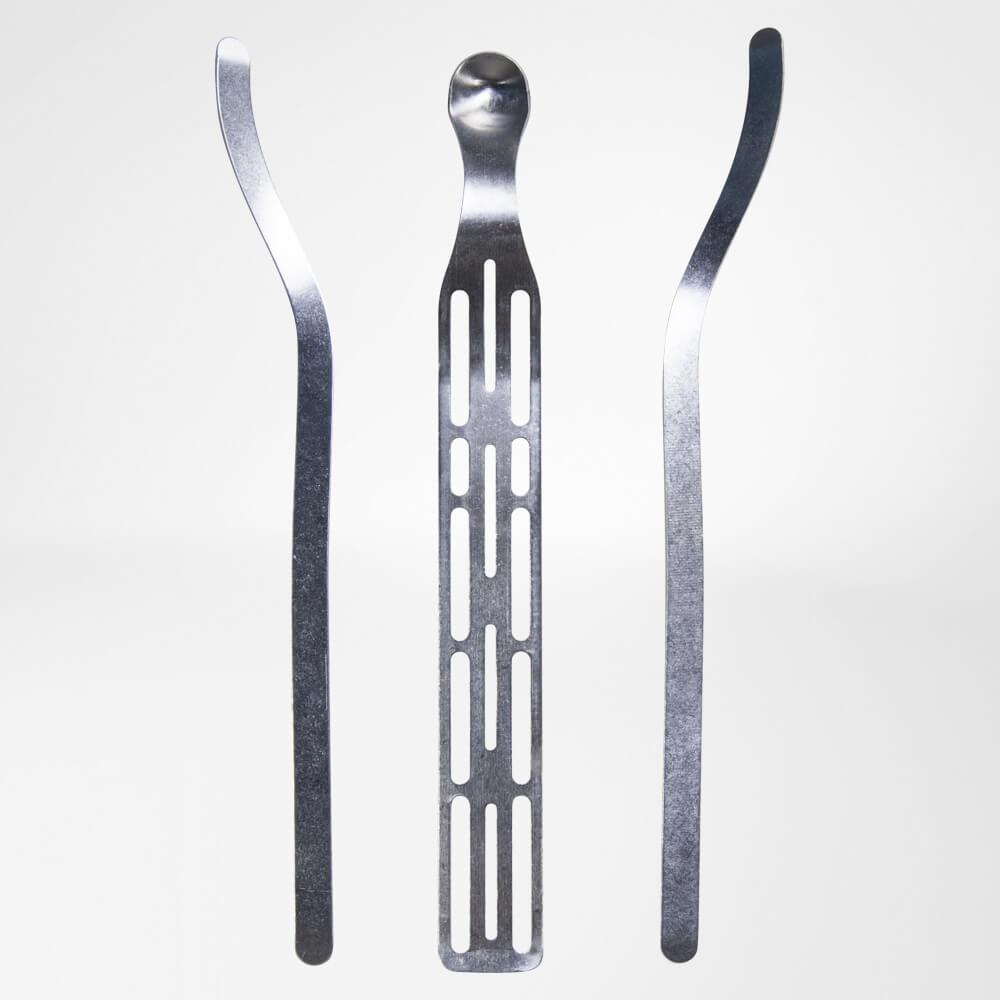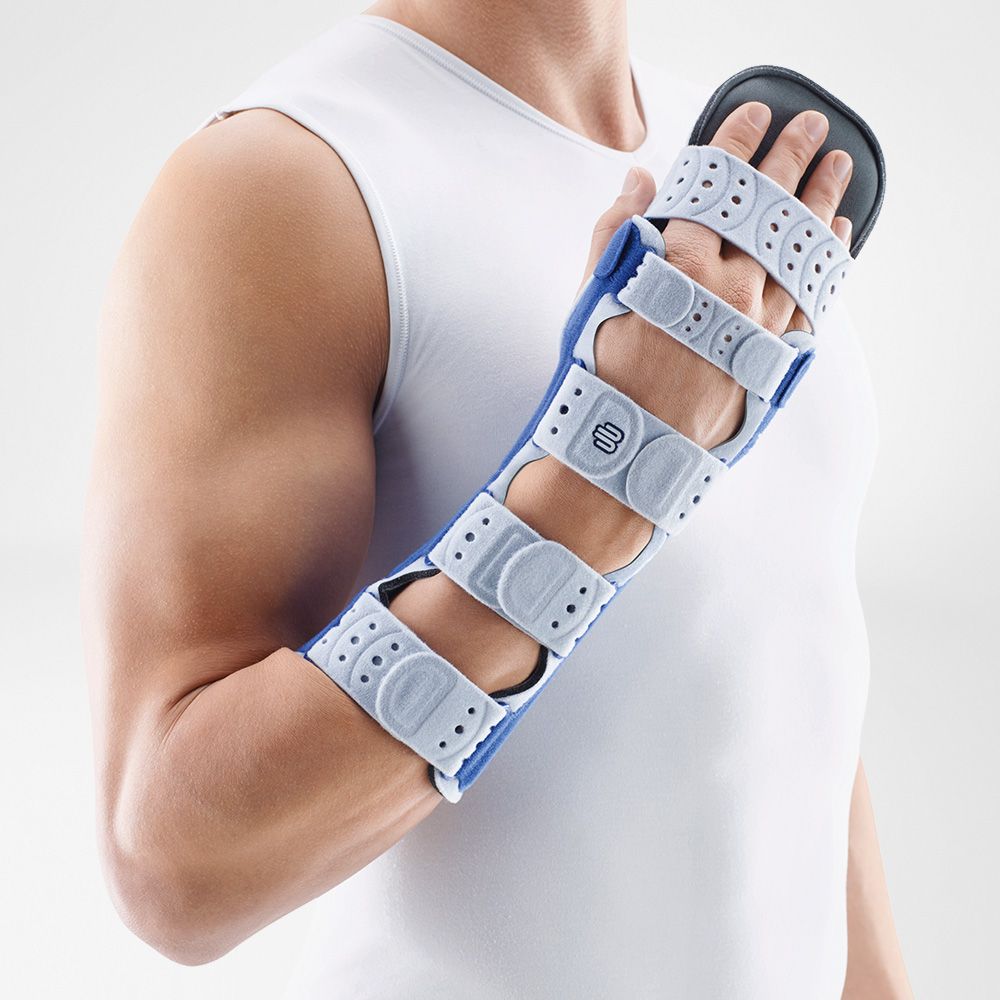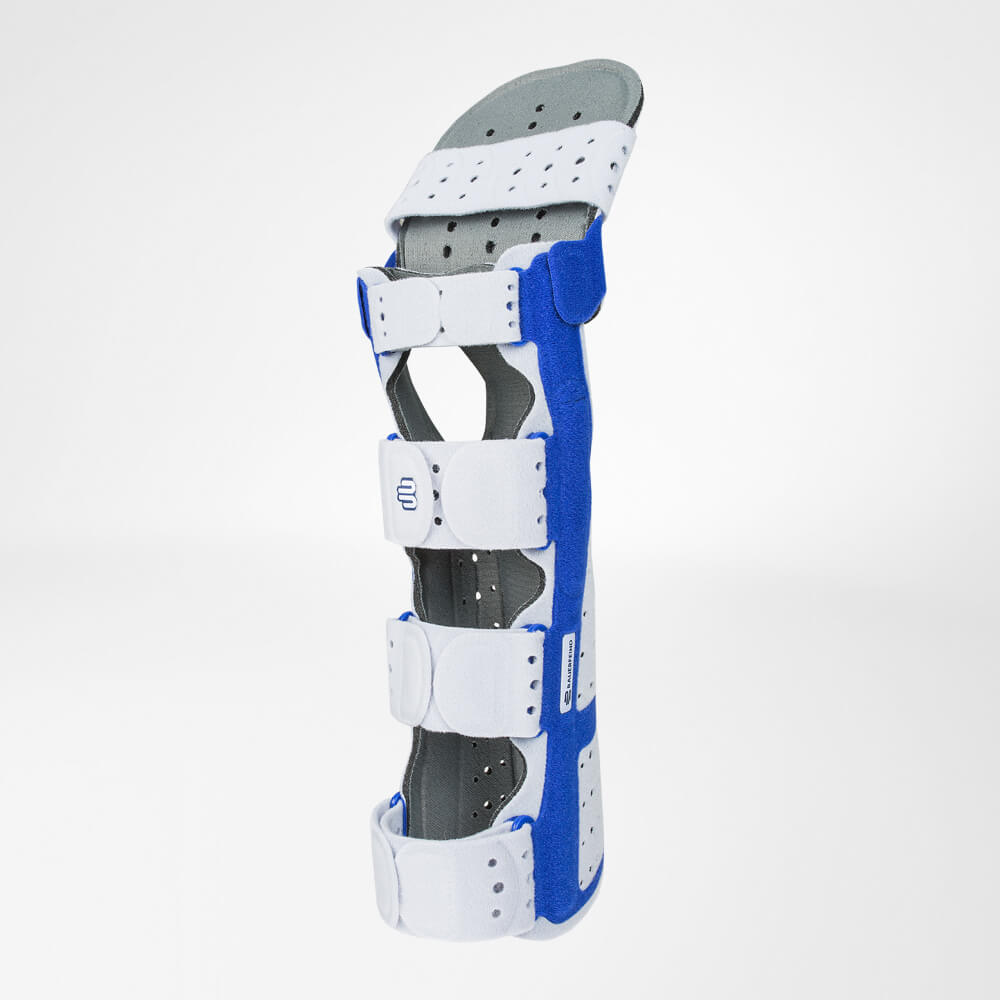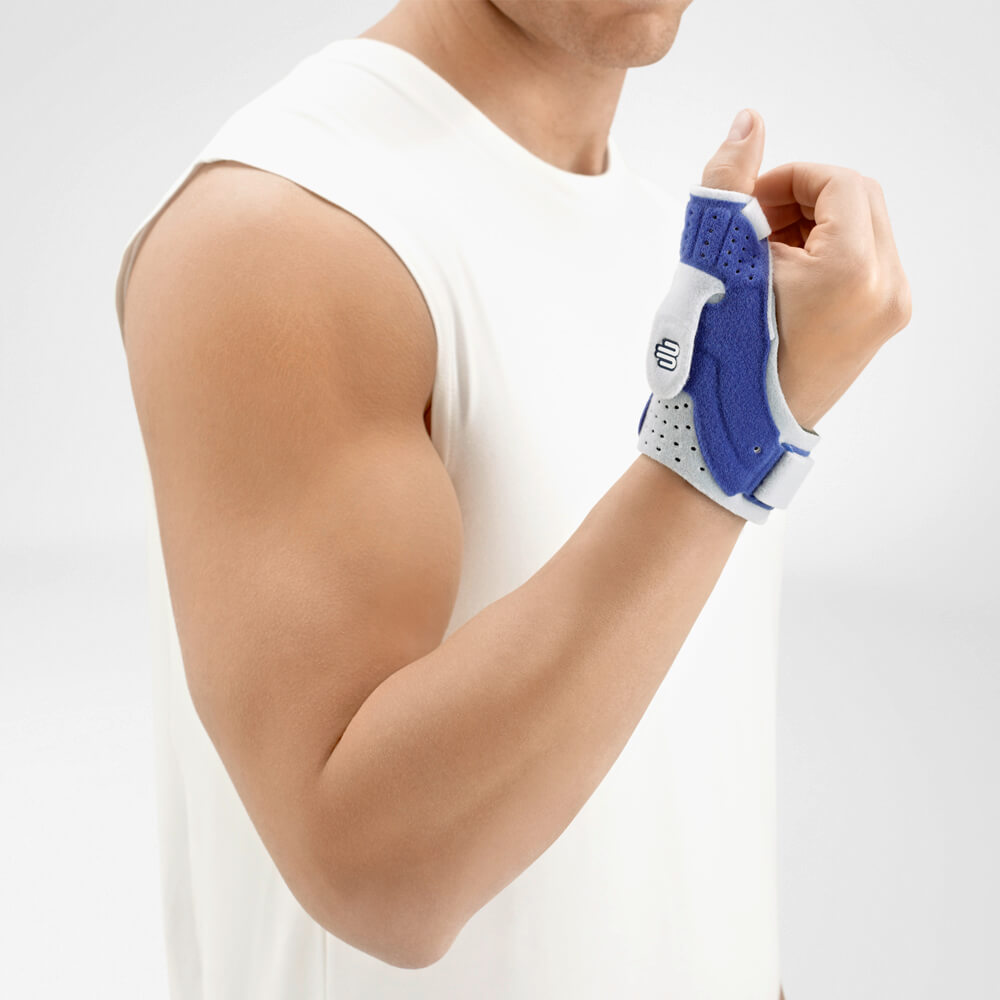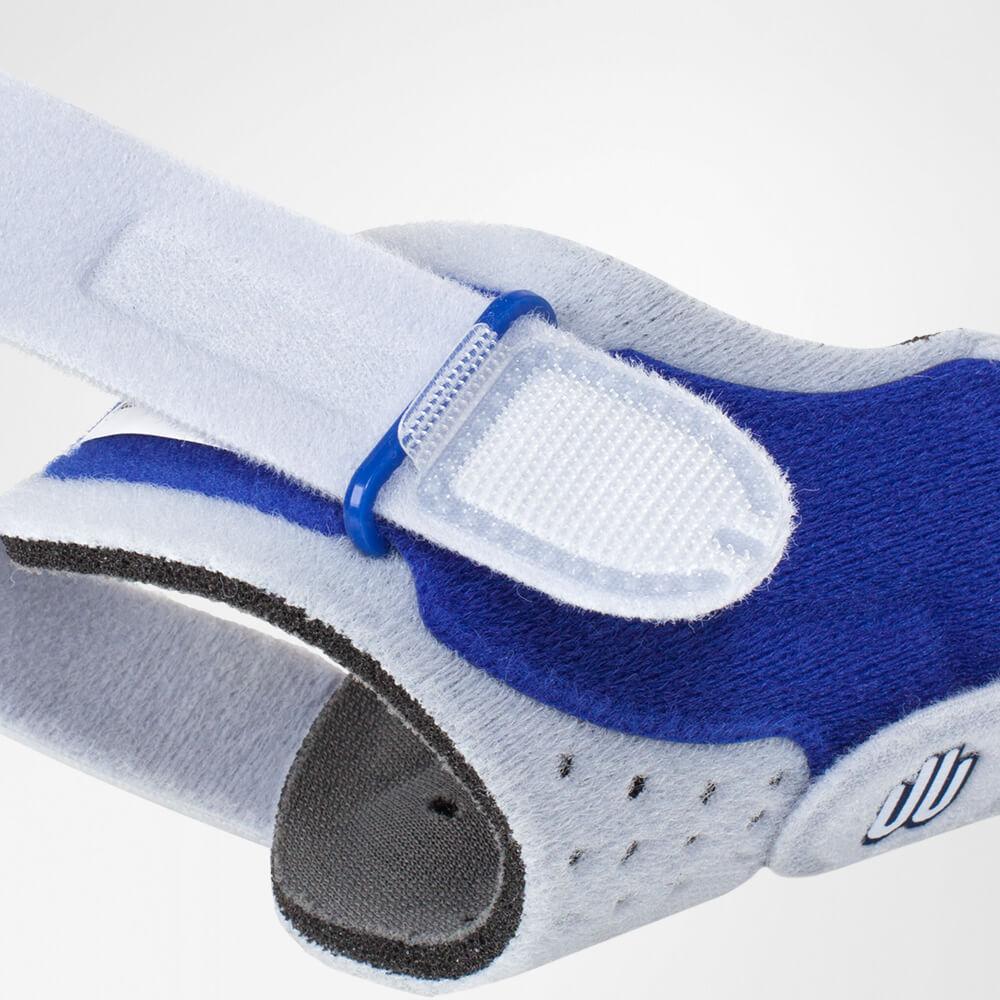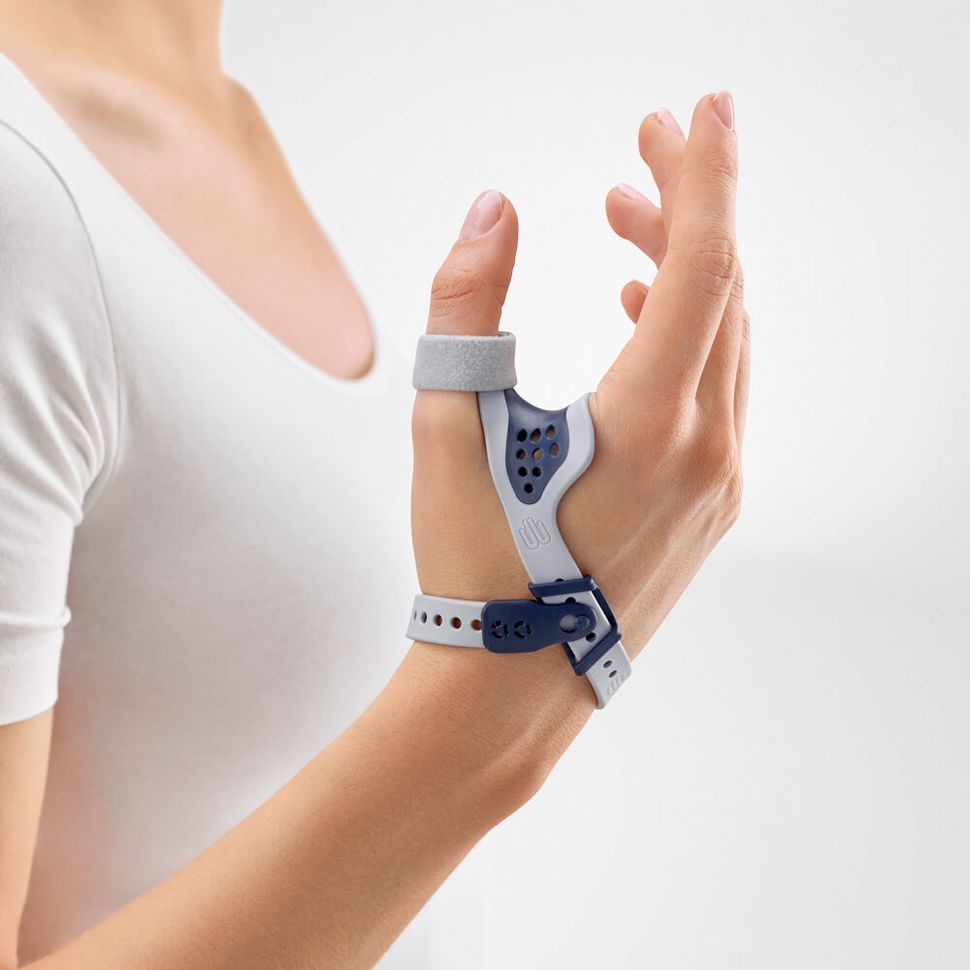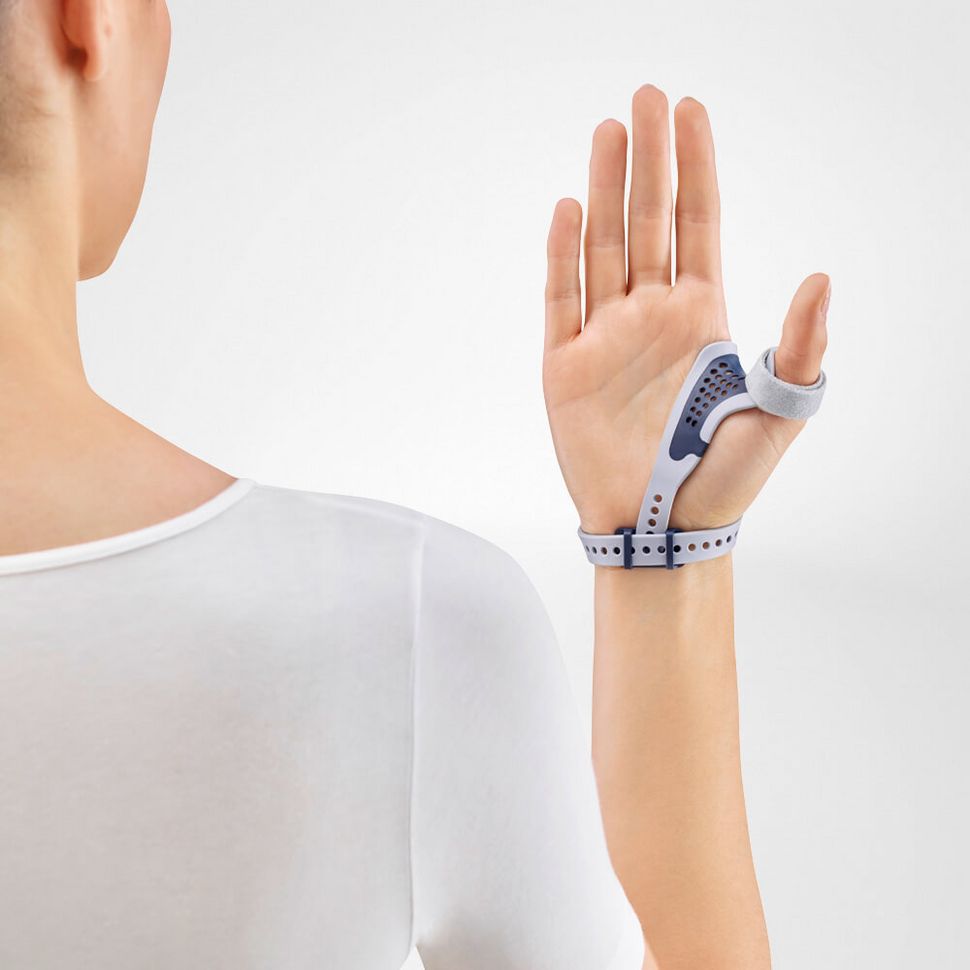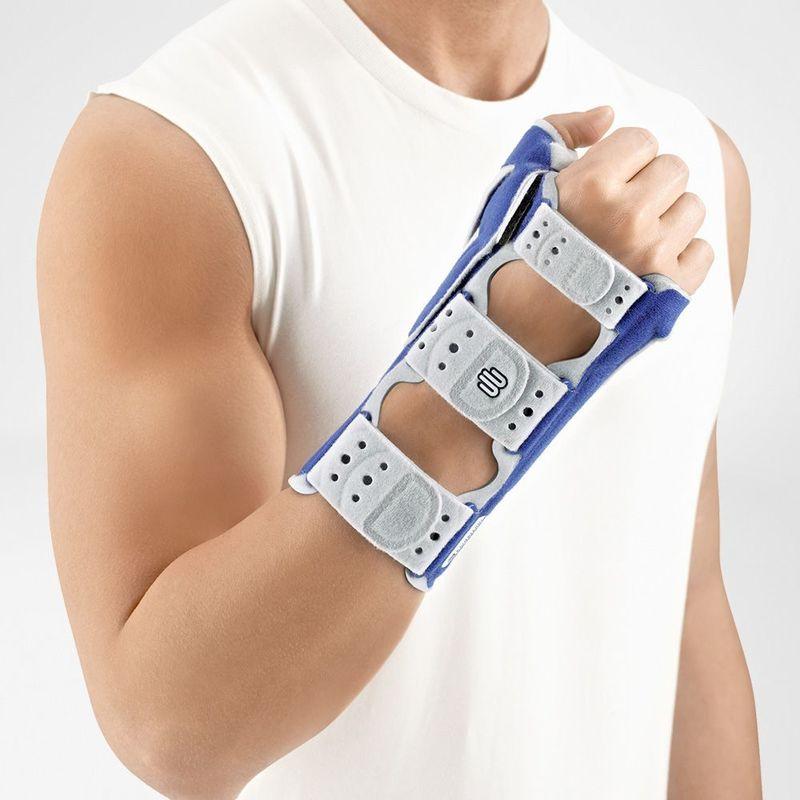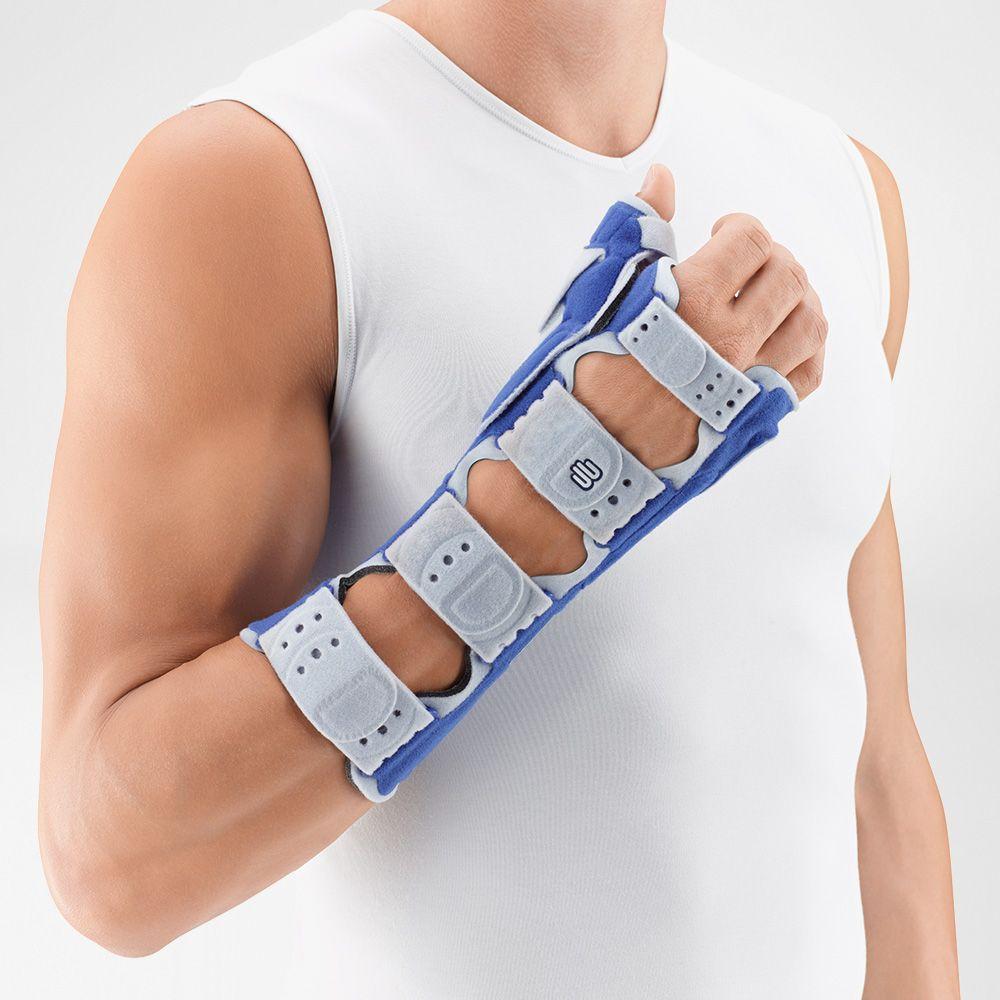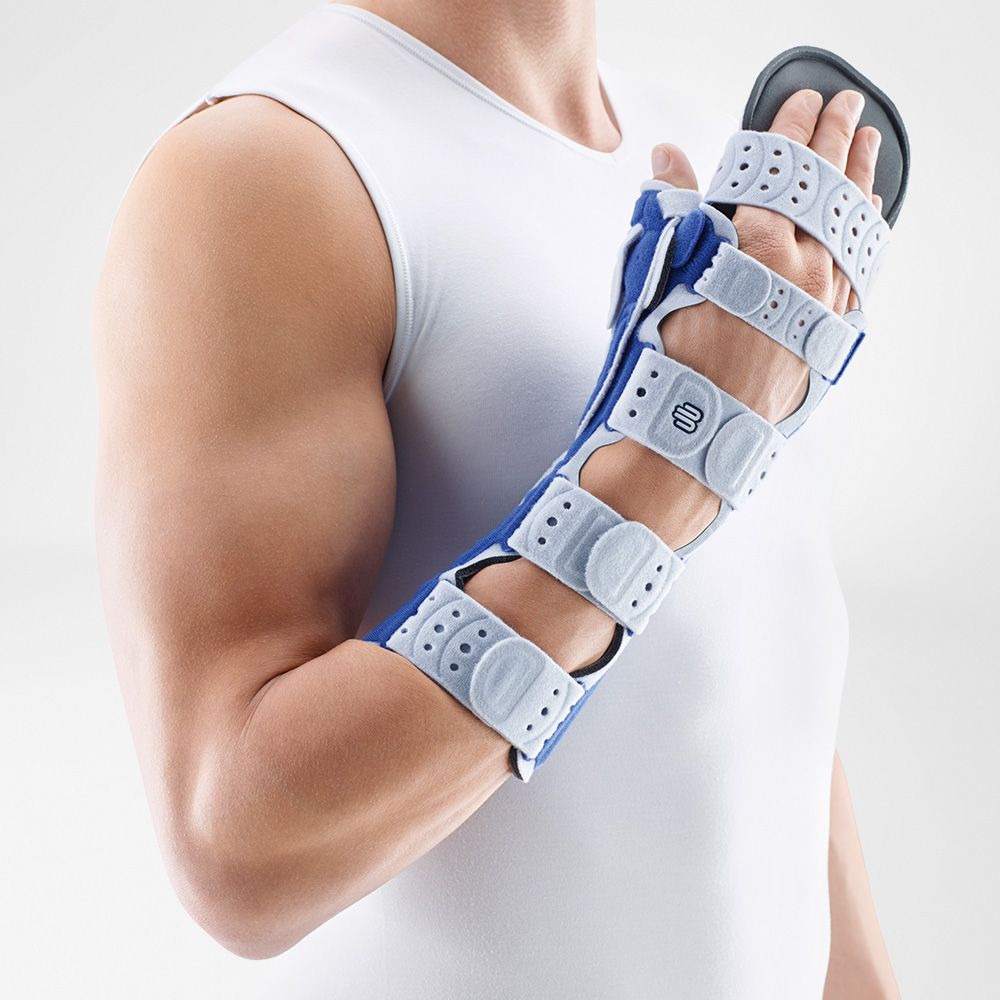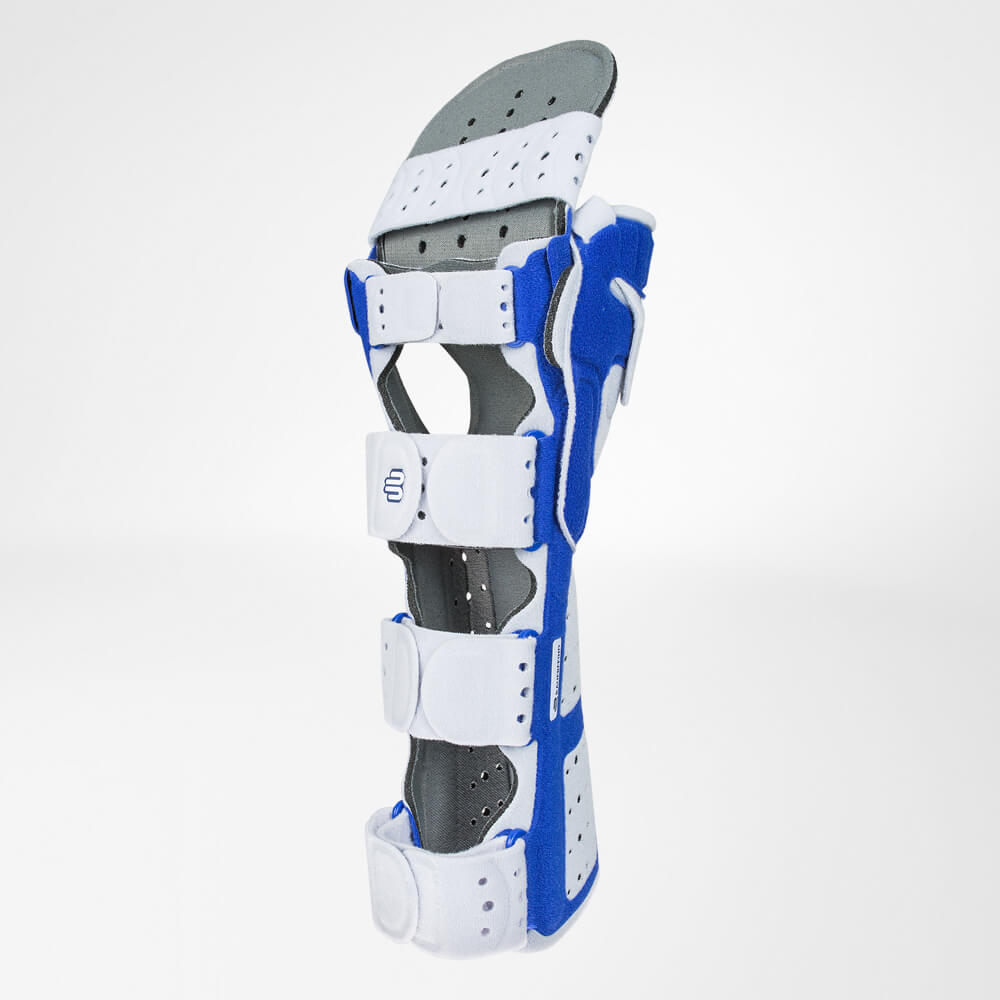Pain, tingling, burning, and a stiff wrist: these are all symptoms of mouse arm syndrome. It occurs when constant repetitive movements are performed over a long period of time. This leads to tiny injuries (microtraumas) that add up over time to form a syndrome that can significantly restrict those affected. If diagnosed early, there are good prospects of recovery– but when the mouse arm becomes chronic, recovery is often difficult.
Mouse Arm Symptoms - Early detection is important
In the early stages, the symptoms of mouse arm or mouse hand start to become noticeable, especially after prolonged stress. The constant repetitive movements that cause the syndrome is why it is also know as RSI Syndrome (Repetitive Strain Injury Syndrome). Hours of typing or clicking at work, playing PC games, or long sessions on a tablet or smartphone will result in pain, tingling, or discomfort in your hand and forearm. The symptoms subside quickly if you give your hand a break - and this is often the reason thats some individuals do not explore the pain further or seek medical advice.

If you ignore mouse arm in the early stages, it can quickly worsen. The symptoms will begin to appear more frequently and can last longer. When the symptoms become more prevalent it is necessary to go to the doctor to prevent mouse arm from becoming chronic.
In the chronic late stage, the symptoms will also appear during periods of rest or under minor stress. This can make work and even simple daily tasks extremely difficult. Breaks of several weeks become necessary for the symptoms to subside - but they will quickly reappear when the activity that triggered them is resumed.
What are the causes of mouse arm?
 Two important factors are involved in the development of mouse arm: microtraumas, i.e. small injuries that lead to permanent damage if repeated many times, and learning processes in the pain memory. The injuries are caused by a combination of incorrect posture and constant repetition of the same movements. This leads to muscle tension, circulatory disorders and overloading of tendons and connective tissue structures. This eventually leads to localized swelling, a reduced supply of oxygen and nutrients to the cells, and local inflammation.
Two important factors are involved in the development of mouse arm: microtraumas, i.e. small injuries that lead to permanent damage if repeated many times, and learning processes in the pain memory. The injuries are caused by a combination of incorrect posture and constant repetition of the same movements. This leads to muscle tension, circulatory disorders and overloading of tendons and connective tissue structures. This eventually leads to localized swelling, a reduced supply of oxygen and nutrients to the cells, and local inflammation.
These changes initially go unnoticed or are only noticeable as a discomfort or tingling. Pain only occurs as the damage progresses. If no countermeasures are taken, it becomes chronic. During this phase, the brain learns that certain activities cause pain. The "learning success" is reinforced by constant repetition. In this way, the pain memory memorizes a connection between the activity and the pain. This is exactly where experts suspect the reason why the symptoms return very quickly even after longer breaks from physical activity.
How to prevent mouse arm?
Very often, the cause of a mouse arm is the lack of ergonomics at the workplace: Poor sitting posture, a chair that is too high or too low and a lack of wrist support on the mouse pad and keyboard. In addition, there are often unfavorable movement sequences and joint positions (constrained postures) that overstrain the joints, muscles and tendons.
It is therefore crucial to take a close look at your own workplace and also to observe yourself. With a straight, comfortable sitting posture with relaxed shoulders, a neutral position of the wrists (not bent or bent to the side) and an ergonomic keyboard and mouse, you can significantly reduce the risk of mouse arm. The chair, monitor and work surface should also be checked for the recommended heights and distances for your height.

Diagnosing mouse arm - which therapy helps?
An ergonomic redesign of the workplace is never a bad idea. It is best to consult your employer so that he can make adjustments if necessary. When mouse arm is diagnosed, the symptoms are usually very advanced. Adjusting your own working environment alone is therefore usually not enough. Depending on the severity, type and duration of the symptoms, the doctor can then prescribe or initiate the following forms of therapy:
- Short-term administration of painkillers (analgesics) and anti-inflammatory drugs
- Temporary immobilisation of the hand or forearm with a mouse arm bandage or orthosis
- Heat or cold treatments
- Alternating (warm/cold) baths of the affected hand
- Learning a relaxation technique such as progressive muscle relaxation (PMR)
- Physiotherapy and ergonomic movement training
- Accompanying psychotherapy to support pain memory relearning
The treatment of mouse arm […] is generally supported by accompanying measures that also serve to prevent and prevent the recurrence of symptoms
-Prof. Dr. Wolfgang Menke, orthopedist and sports physician
How can a brace support the treatment of mouse arm?

When treating mouse arm, it is important to reduce nociceptive stimuli and adverse stress on the damaged or irritated tissue.
In the case of severe complaints, wearing a wrist orthosis such as the ManuLoc is often advisable, as it provides the necessary immobilization. If the mouse arm primarily manifests itself as an irritation, a brace like the ManuTrain is a good choice. The brace has a pain-relieving effect, especially during movement, thanks to the medical compression of the knit. It also offers a massage effect that promotes blood circulation and regeneration. This can prevent the constant activation of the pain memory.

